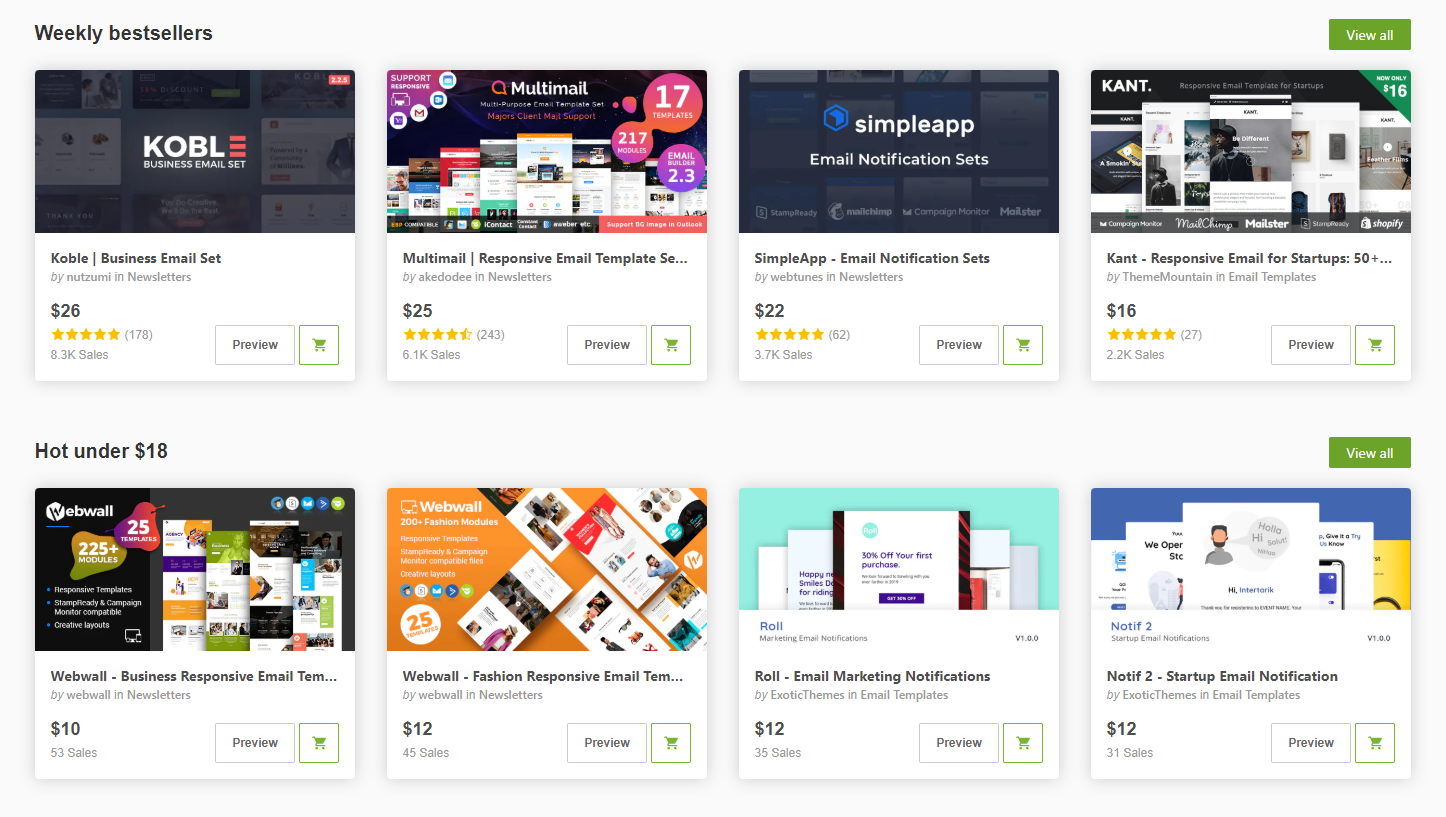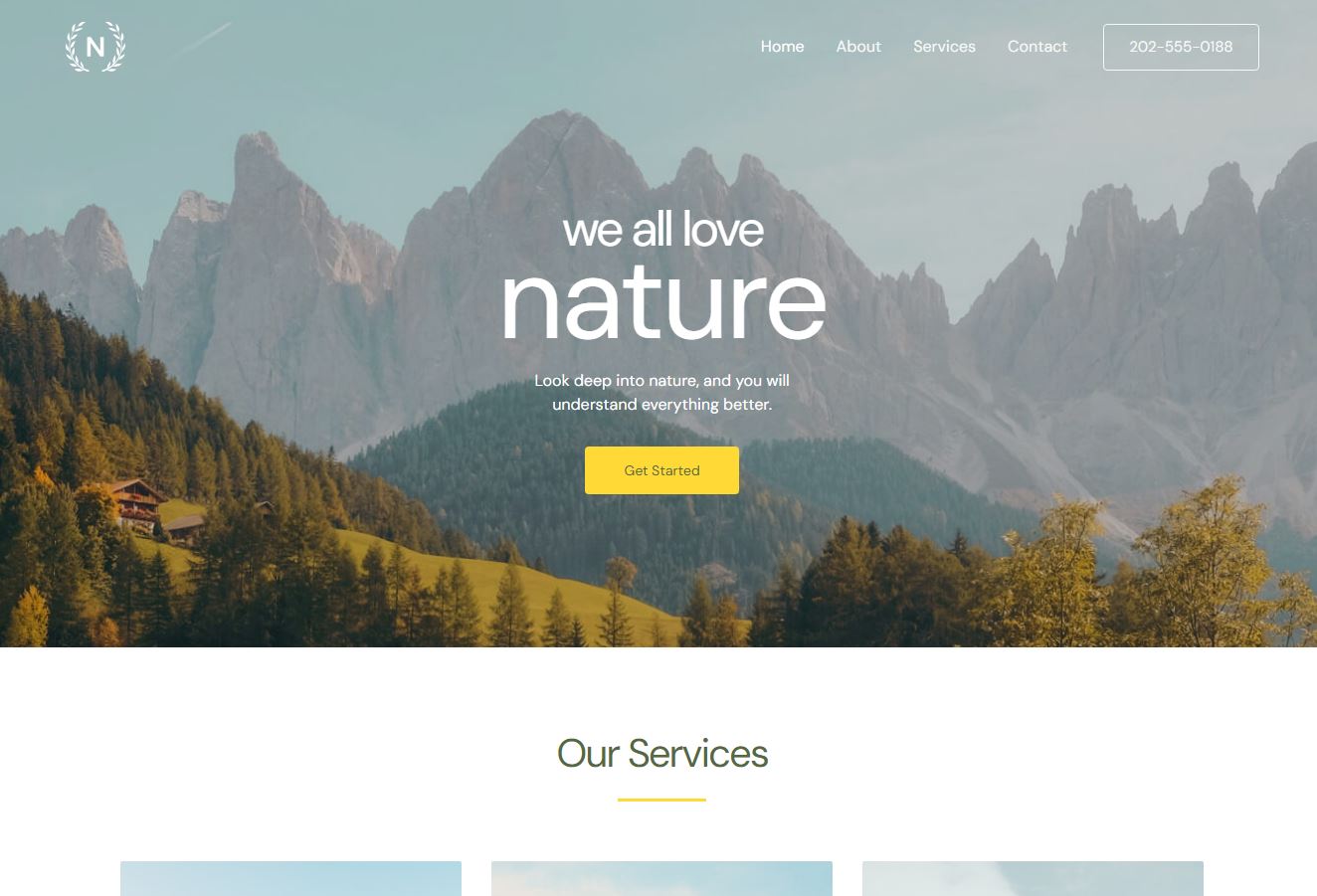
Introduction
Fonts are more than letters; they convey your website's personality. In this comprehensive guide, we'll explore the art of choosing the perfect font for your WordPress theme. From establishing brand identity to enhancing readability, we'll delve into the nuances of font selection and provide practical tips to elevate your website's aesthetic appeal.
The Power of Typography
1. Brand Representation:
- Fonts shape brand identity; choose fonts that align with your brand's personality and values.
2. Readability Matters:
- Prioritize legibility for a positive user experience; striking a balance between style and readability is key.
3. Emotional Impact:
- Fonts evoke emotions; select fonts that resonate with your content and target audience.
Font Categories and Styles
1. Serif Fonts:
- Classic and elegant, serif fonts are ideal for conveying a sense of tradition and formality.
2. Sans-Serif Fonts:
- Modern and clean, sans-serif fonts offer a contemporary and straightforward look.
3. Script Fonts:
- Elegant and artistic, script fonts add a touch of sophistication but should be used sparingly.
4. Display Fonts:
- Unique and attention-grabbing, display fonts are perfect for headlines and creative accents.
Factors Influencing Font Choice
1. Website Purpose:
- Consider the nature of your website; formal sites may opt for serif, while modern sites often lean towards sans-serif.
2. Target Audience:
- Understand your audience's preferences; fonts resonate differently with various demographics.
3. Readability Requirements:
- Prioritize legibility, especially for body text, to ensure a seamless reading experience.
Practical Tips for Font Selection
1. Limit Font Choices:
- Stick to a few fonts to maintain a cohesive design; a primary font for body text and a secondary font for headers often suffice.
2. Hierarchy Matters:
- Establish a clear hierarchy with font sizes and styles to guide users through your content.
3. Contrast for Emphasis:
- Use font weight and styles to create contrast and emphasize key elements.
Testing and Refining
1. User Feedback:
- Gather feedback from users regarding font readability and appeal.
2. Responsive Design:
- Ensure fonts look good across various devices and screen sizes.
Conclusion
Choosing the right font for your WordPress theme is an art that goes beyond aesthetics. It's about creating a visual language that resonates with your audience and enhances your brand identity. By considering the purpose of your website, understanding your audience, and experimenting with different fonts, you can craft a unique and engaging online presence that leaves a lasting impression.









